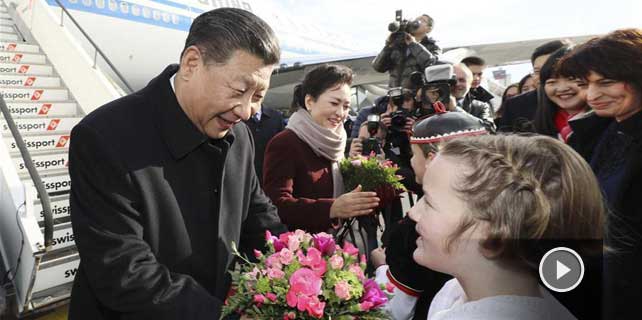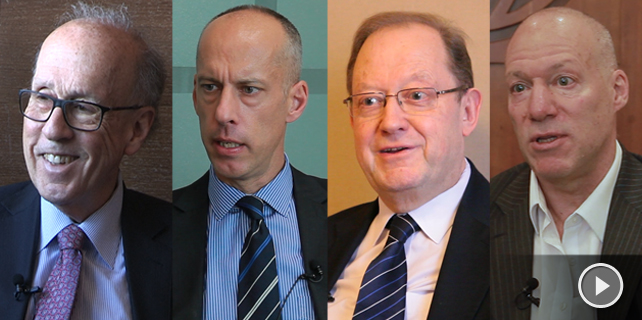IMF keeps global growth forecast for 2017 unchanged at 3.4%
WASHINGTON - The International Monetary Fund (IMF) on Monday kept its forecast for global economic growth for 2017 and 2018 unchanged at 3.4 percent and 3.6 percent respectively, but warned of uncertainties.
"After a lackluster outturn in 2016, economic activity is projected to pick up in 2017 and 2018, especially in emerging market and developing economies," said the IMF in its update of the World Economic Outlook released on Monday.
It estimated that the global economy grew 3.1 percent in 2016, the weakest since 2008-2009, owing to a challenging first half marked initially by turmoil in world financial markets.
The projections for 2017 and 2018 remained unchanged relative to its forecast in October 2016. According to the IMF, this forecast incorporated a firming of oil prices and the assumption of a changing policy mix under a new administration in the United States and its global spillovers.
"Much of the better growth performance we expect this year and next stems from improvements in some large emerging market and low-income economies that in 2016 were exceptionally stressed," Maurice Obstfeld, the chief economist at the IMF, told a press conference on Monday.
The IMF projected that the emerging markets and developing economies will grow 4.5 percent in 2017 and 4.8 percent in 2018, higher than the 4.1 percent in 2016.
It revised up China's growth forecast for 2017 to 6.5 percent, compared with the 6.2 percent projection made last October. The IMF said the revision was based on the expectations of continued policy support for the economy.
It kept its forecast for China's growth for 2018 unchanged at 6 percent, saying that China still needs to deal with medium-term risks, such as rapid credit expansion and corporate debt.
The institution revised down its forecast for India's growth to 7.2 percent for 2017, due to the temporary negative consumption shock induced by cash shortages and payment disruptions associated with the recent currency note withdrawal and exchange initiative.
Advanced economies are projected to grow 1.9 percent in 2017 and 2 percent in 2018, 0.1 percentage point and 0.2 percentage point higher than in the October forecast, respectively, said the IMF.
It assumes a fiscal stimulus that leads the growth in the United States to rise to 2.3 percent in 2017 and 2.5 percent in 2018, up 0.1 percentage point and 0.4 percentage point from its October forecast, respectively.
"We see a wider dispersion of risks to this short-term forecast. With those risks still titled to the downside, uncertainty has risen," said Obstfeld.
Recent political developments highlight a possible shift toward inward-looking policy platforms and protectionism, a sharper than expected tightening in global financial conditions that could interact with balance sheet weakness in parts of the euro area and in some emerging market economies.
"While the balance of risks is viewed as being to the downside, there are also upside risks to near-term growth," said the IMF.
It noted that global activity could accelerate more strongly if policy stimulus turns out to be larger than currently projected in the United States or in China.









